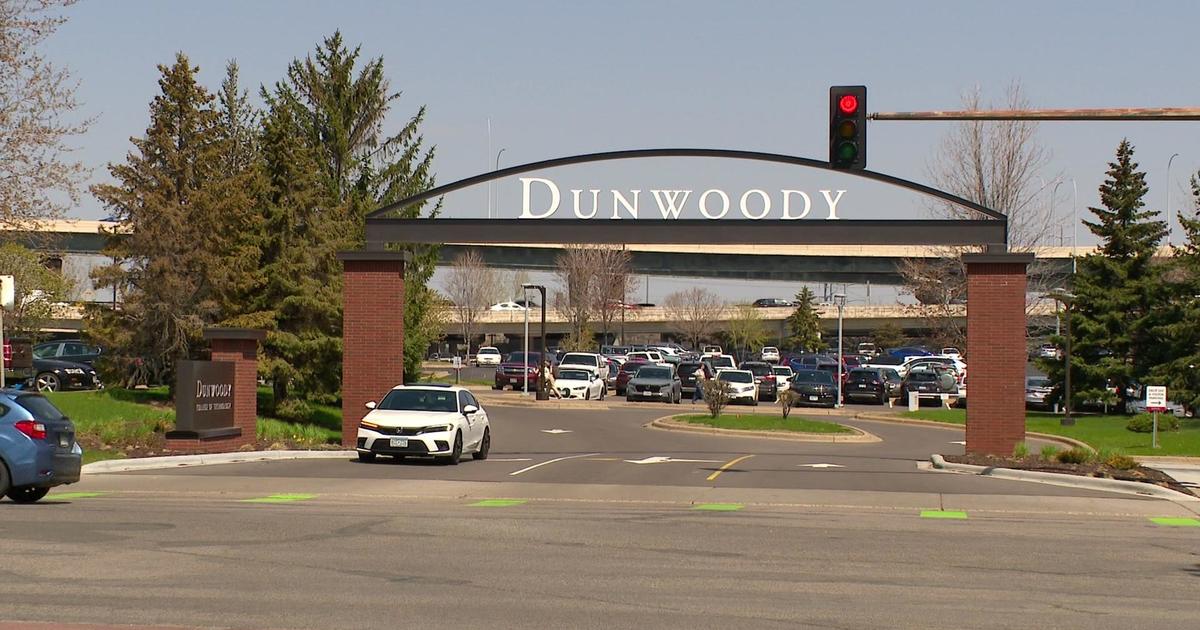What's The Difference Between Urgent Care And The ER?
MINNEAPOLIS (WCCO) – A surprise trip to the emergency room can set any family back a lot of money. In fact, a new survey by the NHP Foundation found that the unexpected bill tops the list of financial fears for almost half of seniors who make $60,000 per year or less.
So, Judi from Eden Prairie wanted to know: How do you decide between the ER and urgent care? Good Question.
"If you are concerned you have a life-threatening, limb-threatening or vision-threatening illness, you should come to an emergency department," says Dr. Stephen Dunlop, an emergency room physician with Hennepin Healthcare.
Upon entering Hennepin Healthcare, people can choose to go right into urgent care or left into the emergency room. At both places, a triage nurse is stationed to tell patients where the appropriate place is for them.
But what if there is no nurse? What if it's in the middle of the night?
"It's hard to know. It depends on how sick you feel and how worried you are," Dr. Dunlap says. "If you're ever not sure and it's in the middle of the night, then it's the emergency department."
Dr. Dunlap says the emergency room will never turn patients away, but doctors and nurses offer some patients the choice of going to urgent care if it's a better option.
"Simple things like ear pain, sore throat, influenza and sprains," says Amber Flaherty, a physician's assistant at Hennepin Healthcare. "Those are urgent care appropriate."
Some conditions are obvious. Chest pains, seizures or patients with signs of a stroke should head straight to the emergency room. Rashes, minor back pain, sprains or even broken wrists and ankles can be treated at urgent care.
"That's the idea of urgent care, we want to see things that can get in and out faster," she says.
Flaherty says Hennepin Healthcare's urgent care clinic sends about 15 percent of its patients each day to the emergency room.
Each urgent care facility will offer different services and different hours. Some accept children, while others don't. Both Dr. Dunlap and Flaherty say patients in non-emergency situations should try to see their primary care providers first.
Urgent care facilities tend to have shorter wait times, but that's not always the case. In 2016, Cigna estimated an average urgent care visit cost $176, while an average emergency room visit cost almost $2,259. Those costs are highly variable as well.
Children tend to be more challenging cases. It depends on the age of the child and if they've had previous chronic conditions.
"Trust your instincts," Dr. Dunlop says. "As you get to the extremes of age – younger and older – the more likely it is for you to be seen in an emergency department."



